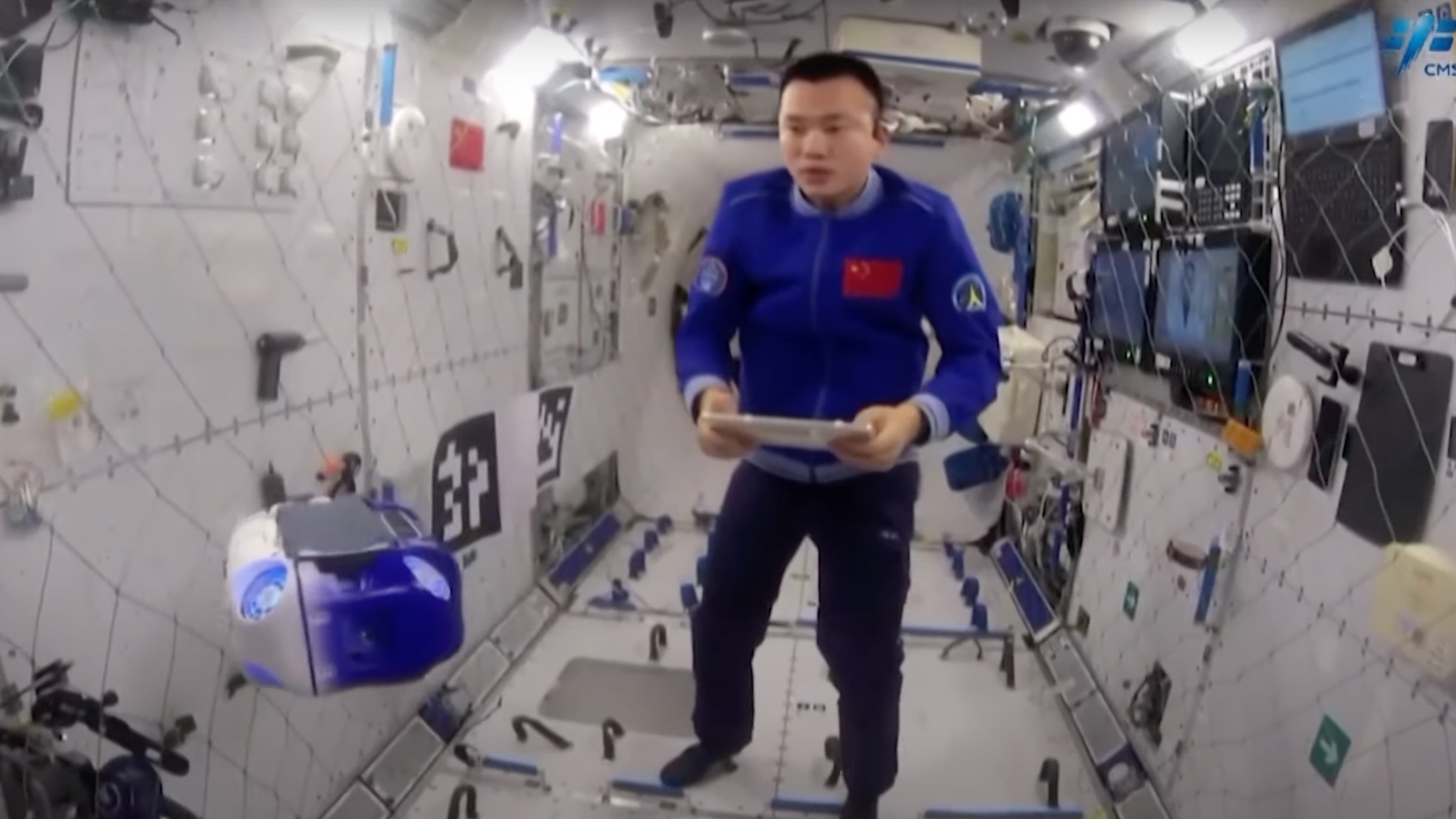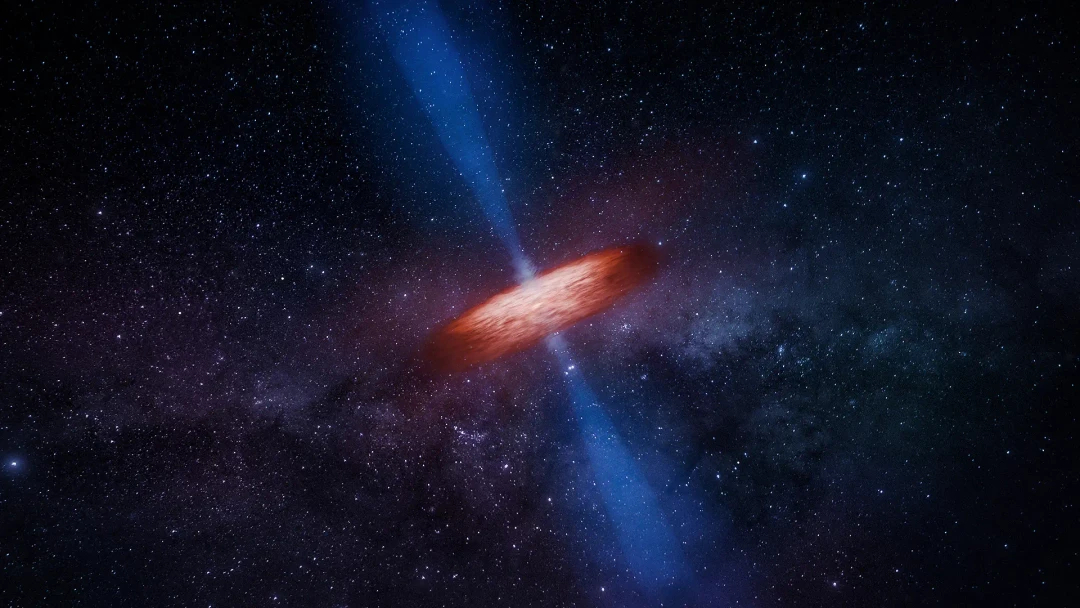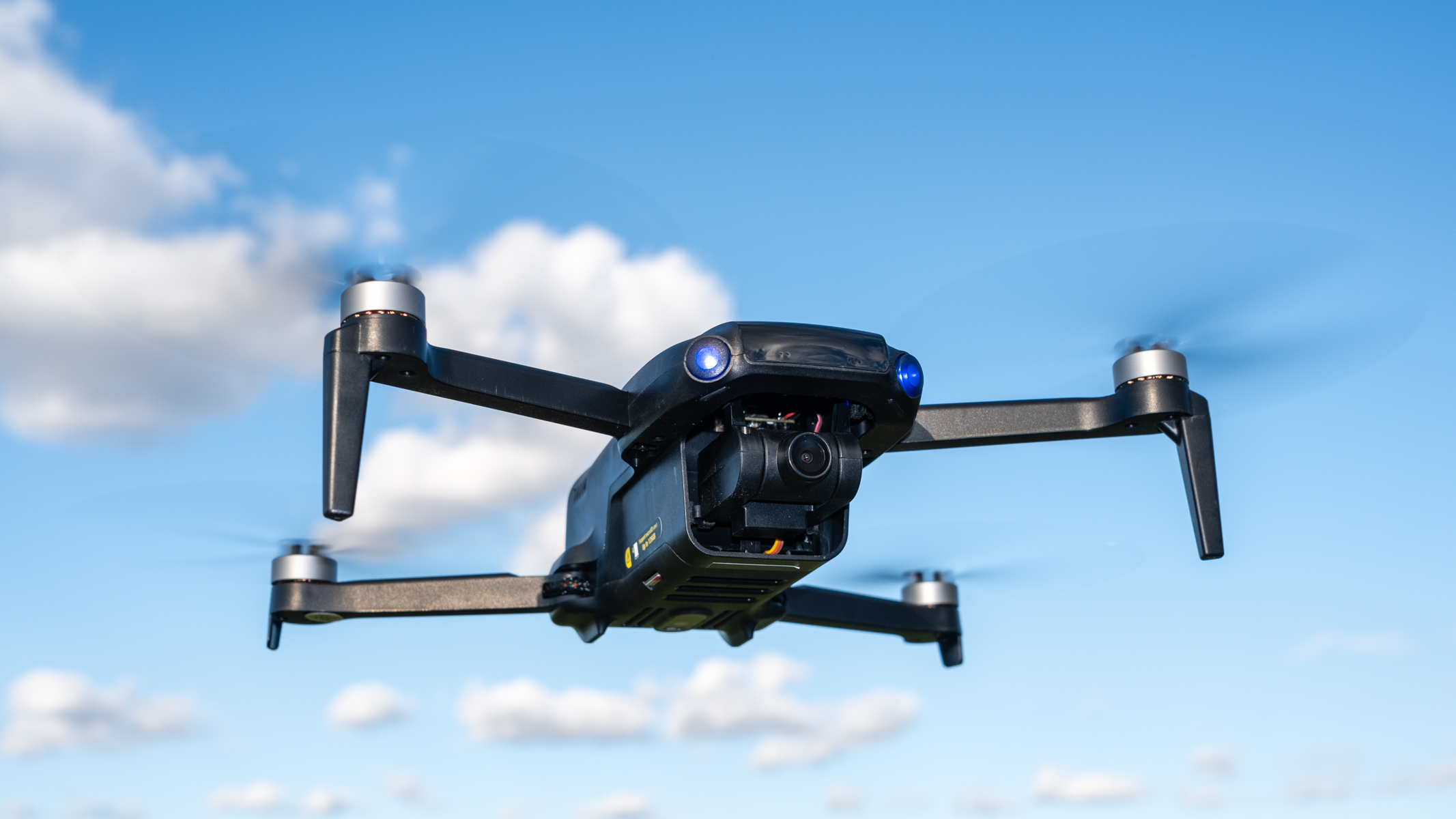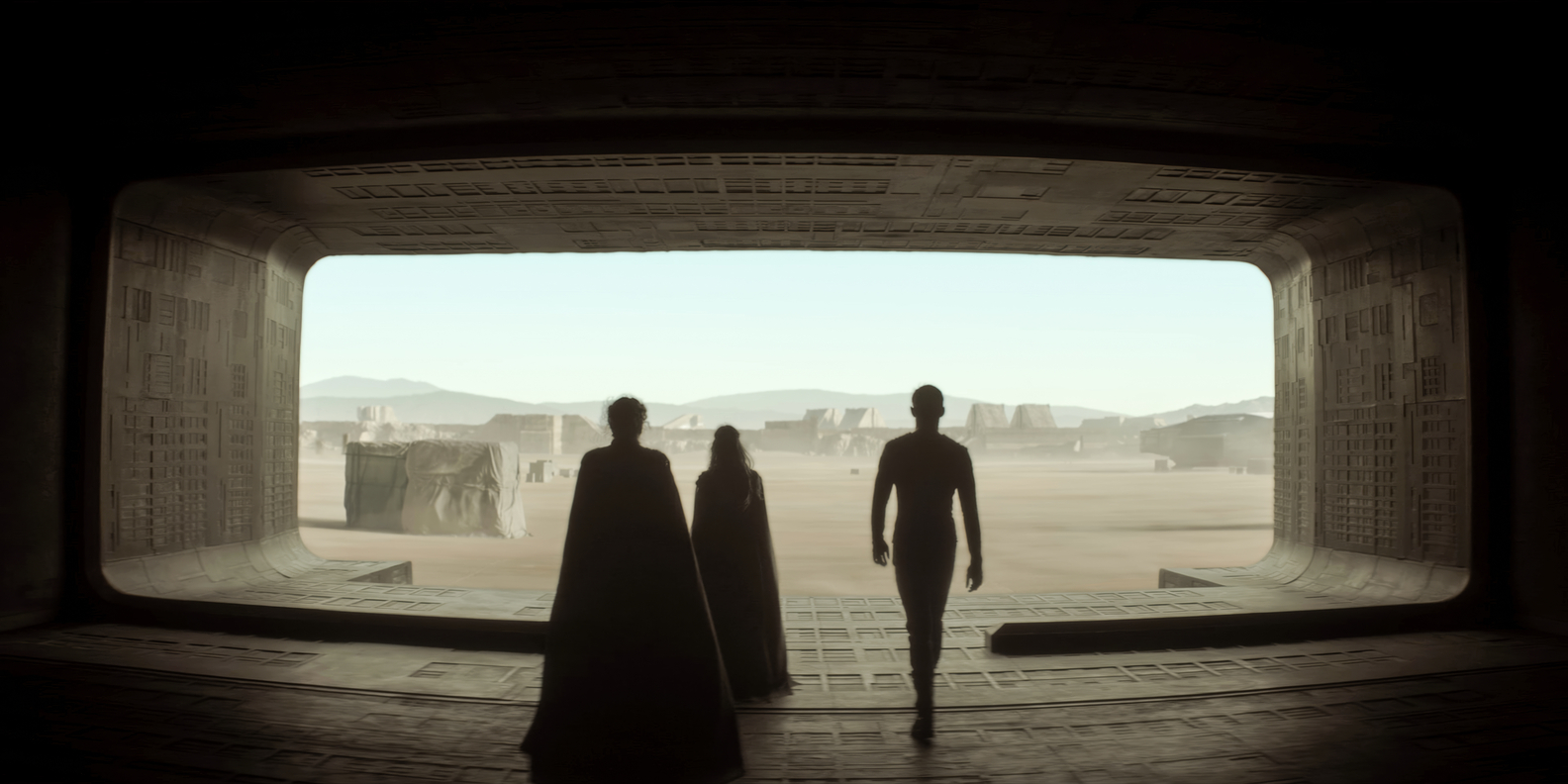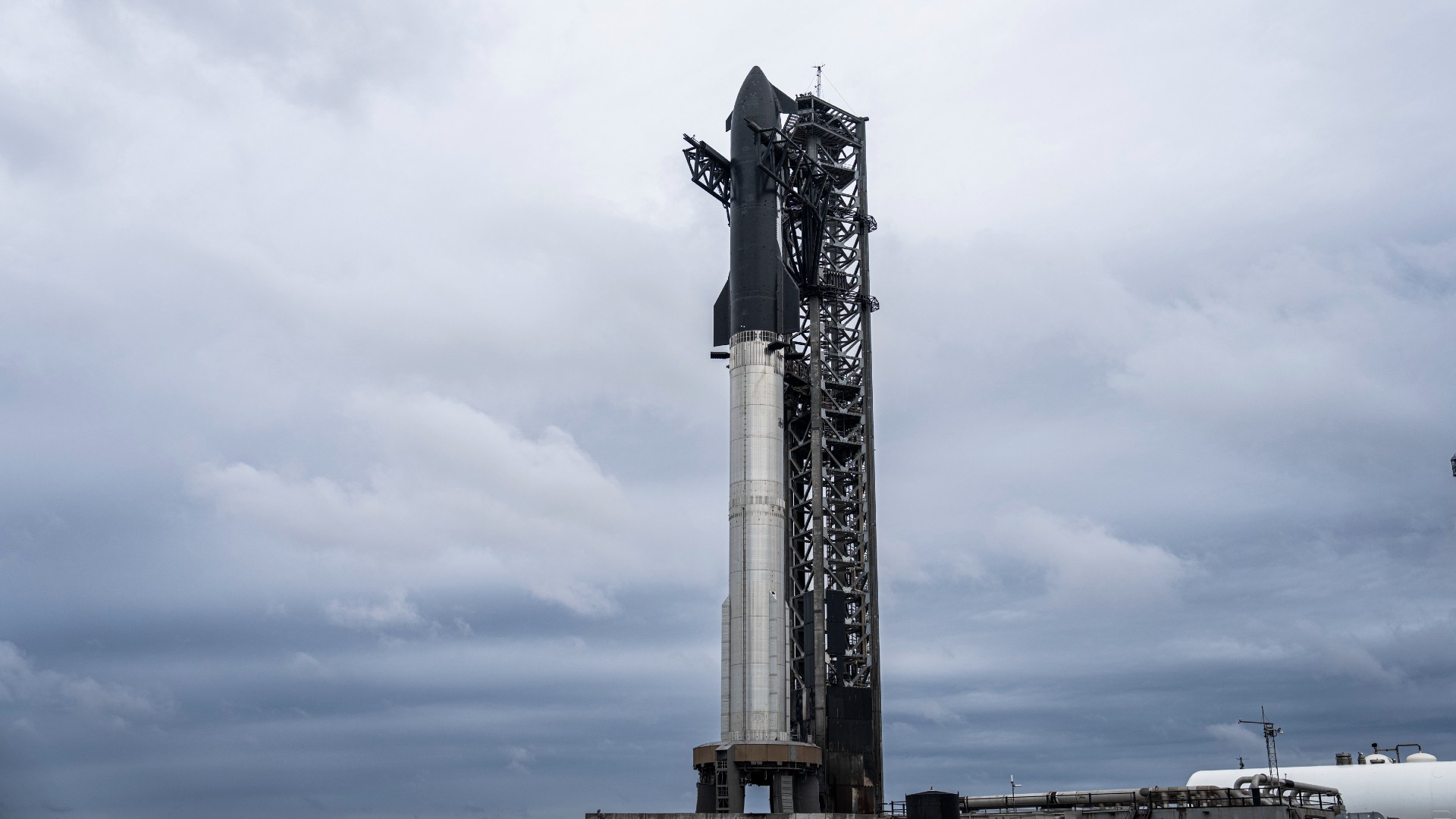Astronauts aboard China’s Tiangong space station have been getting some assistance from an “intelligent” robot.
Cai Xuzhe, Song Lingdong and Wang Haoze — the crew of the current Shenzhou 19 mission aboard Tiangong — have been working alongside a robot named Xiao Hang (“Little Space”) using human-robot collaborative interaction software.
The software has allowed them to carry out a variety of experiments related to human-robot spatial relationships, robot behavior characterization and multimodal interaction technologies. The goal of these experiments is to help enhance mission efficiency by fostering a more effective interaction between astronauts and robotic systems, according to China Central Television (CCTV).
Xiao Hang can be seen moving and orienting itself in microgravity and is able to line up and take photos on command. But there may be bigger roles to step into going forward.
Related: China’s space station, Tiangong: A complete guide
“In the future, it will also be able to perform various functions such as in-cabin inspections and resource management through upgrades,” Wang Haoze, China’s first female spaceflight engineer, said in a New Year’s greeting message, Global Times reported.
The crew, meanwhile, have been busy with a range of experiments. They recently completed tasks including collecting fruit flies, emptying their culture containers and organizing samples. The study aims to assess the impacts of sub-magnetic fields and microgravity on the insects.
The astronauts also performed a series of detailed movement measurements focused on using precision motion measurement devices and experimental software. The aim is to learn more about changes in fine motor control and the adaptive learning mechanisms of astronauts during long-term space missions.
The Shenzhou 19 crew launched for the Tiangong space station on Oct. 29, beginning a six-month-long mission. The astronauts conducted their first extravehicular activity, or spacewalk, on Dec. 18.
China completed construction of Tiangong in 2022. The country intends to keep the orbital outpost, which is roughly 20% as massive as the International Space Station, permanently occupied and operational for at least 10 years. China is also looking to expand the three-module facility with additional modules.

